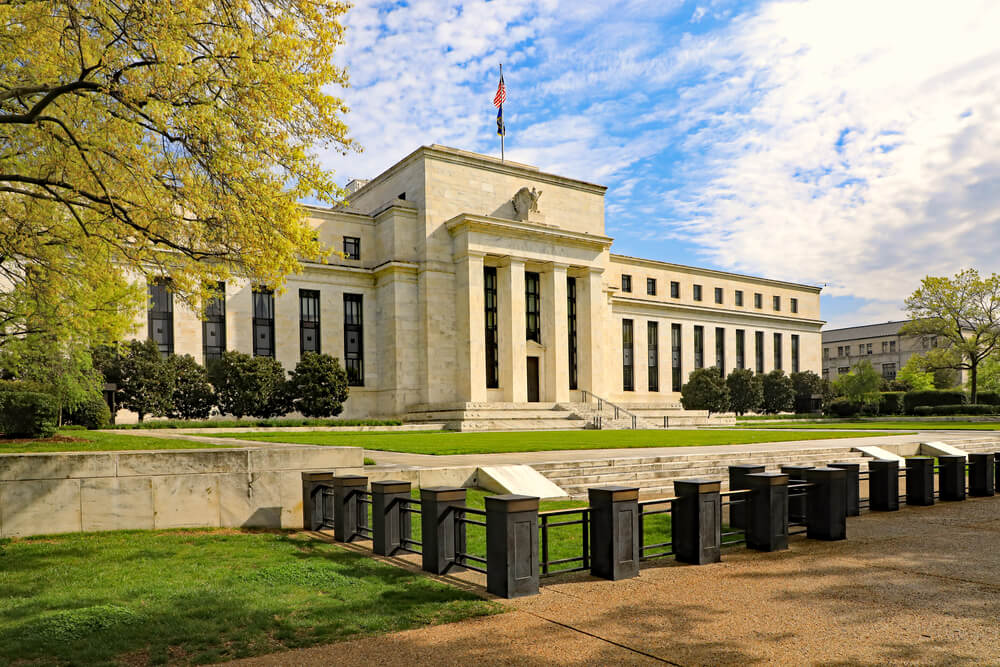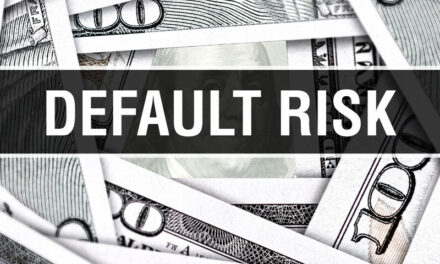St. Louis Federal Reserve Bank President James Bullard argued for a deeper interest rate cut than his colleagues at the U.S. Federal Reserve because he thinks the economy is slowing and the manufacturing sector “already appears in recession.”
The Fed cut its benchmark interest rate 0.25% to a range of 1.75% to 2% after this week’s Federal Open Market Committee meeting, the second rate cut in three months — and the first two cuts in more than a decade since the Great Recession.
Bullard wrote in a note that he thinks the committee should have gone further with a 50-basis-point cut (0.5%) because it can always go back and hike rates later if the recession doesn’t come.
“There are signs that U.S. economic growth is expected to slow in the near horizon. Trade policy uncertainty remains elevated, U.S. manufacturing already appears in recession, and many estimates of recession probabilities have risen from low to moderate levels,” Bullard wrote.
“In my view, lowering the target range by 50 basis points to 1.50%-1.75% would have been a more appropriate action.”
Bullard also pointed to President Donald Trump’s trade war with China, writing that “trade policy uncertainty remains elevated” and that the recent inversions of the yield curve point to heightened chances of recession within the next year.
The FOMC mentioned a slowing global economy in its official statement, and said inflation remains just below the Fed’s 2% target while the Consumer Price Index is up 2.4% over the past year. The Fed prefers the personal consumption expenditures index, which is currently hovering around 1.6%.
“This is occurring despite the 25 basis point cut in July and the 25 basis point cut that was expected for the September meeting,” Bullard said. “While the unemployment rate is low by historical standards, there is little evidence that low unemployment poses a significant inflation risk in the current environment.”
Trump of course has been all but begging the Fed for steeper interest rate cuts and to even restart quantitative easing, or pumping new money in the economy.
Bullard is the only member of the Fed who said we need deeper interest rate cuts, while two members voted against cutting rates at all and preferred they remain steady.
Seven members expect another rate cut this year, while five wanted no change from the previous level. Five more approved this week’s cut but indicated no more cuts this year.
“It is prudent risk management, in my view, to cut the policy rate aggressively now and then later increase it should the downside risks not materialize,” Bullard wrote. “At the same time, a 50-basis-point cut at this time would help promote a more rapid return of inflation and inflation expectations to target.”




